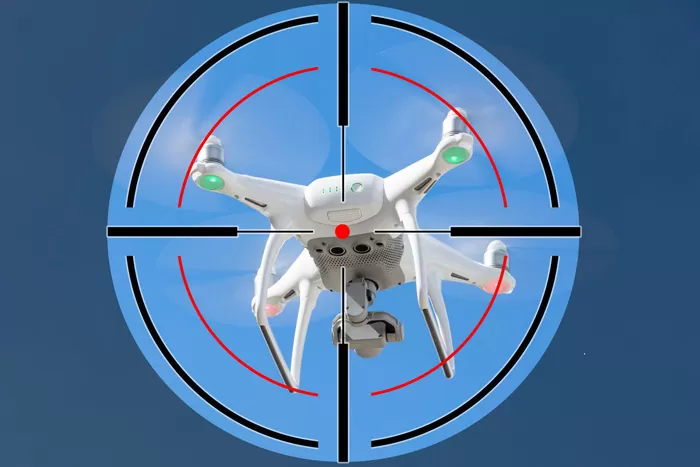In today’s rapidly evolving technological landscape, the need for specialized Counter Unmanned Aircraft Systems CUAS solutions has become increasingly critical, both for government agencies and commercial entities. The proliferation of unmanned aerial vehicles UAVs has revolutionized industries such as logistics, agriculture, and entertainment, but it has also introduced significant security challenges. These challenges range from unauthorized surveillance and privacy breaches to potential terrorist threats and industrial espionage. Government agencies, including law enforcement, military, and homeland security, face unique security concerns related to UAVs. These concerns encompass protecting critical infrastructure, securing public events, and ensuring the safety of high-profile individuals. Traditional security measures are often inadequate against small, agile drones that can operate covertly and with minimal risk to their operators. As a result, there is a growing demand for CUAS solutions that can detect, track, and mitigate rogue UAV threats effectively.

Commercial sectors, too, are increasingly vulnerable to the misuse of drones. Industries reliant on intellectual property, such as research and development, manufacturing, and corporate espionage, require robust CUAS technologies to safeguard their assets. Moreover, airports, stadiums, and other public venues must protect against disruptions caused by unauthorized drone incursions, which can pose significant safety hazards and economic impacts. Effective CUAS solutions typically involve a multi-layered approach combining detection, identification, and mitigation capabilities. Detection systems utilize a variety of sensors, including radar, electro-optical/infrared EO/IR cameras, and radio frequency RF detectors, to identify UAVs operating in restricted airspace. These sensors can differentiate between authorized and unauthorized drones based on flight patterns, size, and communication signals. Once detected, Visit Site CUAS solutions employ sophisticated algorithms and artificial intelligence to assess the threat level posed by the UAV. Rapid decision-making is crucial in determining whether to engage in mitigation measures. Depending on the situation and regulations, mitigation strategies can range from disrupting the drone’s control signals and redirecting its flight path to physically intercepting and neutralizing the UAV.
Integration with existing security infrastructure is essential for seamless operation and coordinated response efforts. CUAS solutions often interface with command and control centers, allowing real-time monitoring and response coordination across multiple sites. This integration enhances situational awareness and facilitates timely decision-making to mitigate potential threats effectively. Furthermore, the development and deployment of CUAS solutions must adhere to regulatory frameworks governing UAV operations. Compliance with local laws and aviation regulations ensures that CUAS technologies are used responsibly and ethically, minimizing the risk of collateral damage or legal repercussions. The demand for specialized CUAS solutions continues to grow as the threat landscape posed by unmanned aerial systems evolves. Government agencies and commercial sectors alike require robust, adaptable technologies to protect against the misuse of drones while enabling the safe and responsible integration of UAVs into society. By leveraging advanced detection, identification, and mitigation capabilities, CUAS solutions play a crucial role in safeguarding critical assets, public safety, and privacy in an increasingly drone-dependent world.